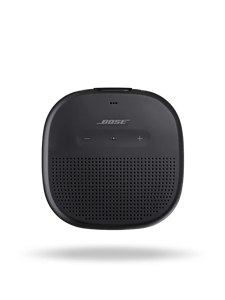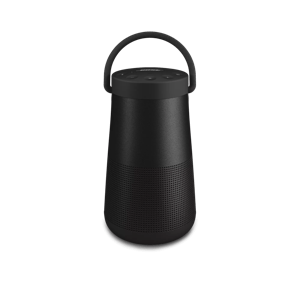IP ratings explained
Rigorous testing at Bose
Durable Bluetooth speaker
The limits of waterproofing
Featured in this story
Colour:
Twilight Blue
Colour:
Black
Colour:
Triple Black
Colour:
Triple Black




